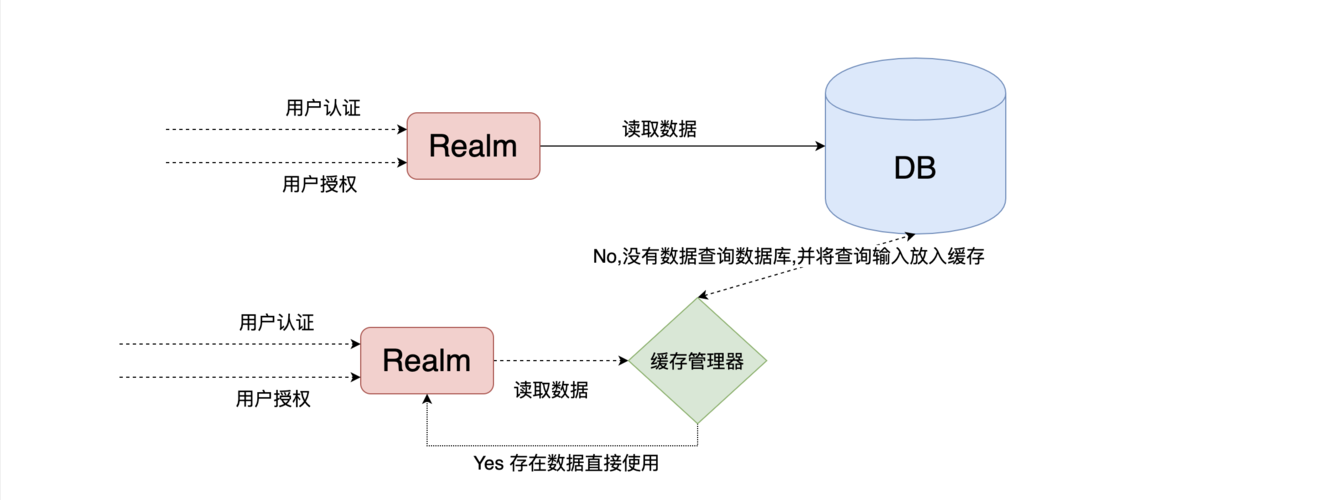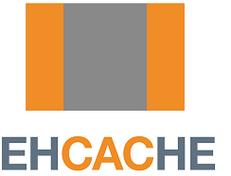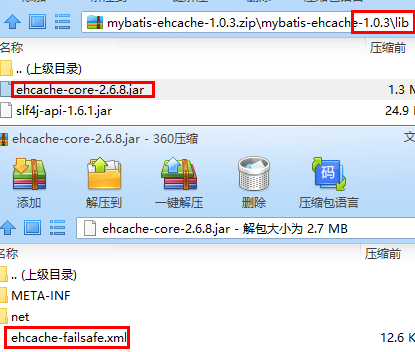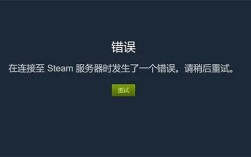ehcache 报错问题解析
ehcache 是一个广泛使用的 Java 缓存框架,用于提升应用程序的性能和可扩展性,在使用中可能会遇到各种配置和运行错误,本文将详细探讨 ehcache 报错的常见原因、解决方案以及相关的 FAQs。

ehcache 报错常见原因及解决方案
1、配置文件未找到或路径错误
原因:最常见的问题是ehcache.xml 配置文件未被正确放置在资源目录中,或者路径配置错误。
解决方案:确保ehcache.xml 文件位于src/main/resources 目录下,并在 Spring Boot 项目中正确引用。
- <bean id="cacheManager"
- class="org.springframework.cache.ehcache.EhCacheManagerFactoryBean">
- <property name="configLocation" value="classpath:ehcache.xml"/>
- </bean>
2、依赖冲突或版本不匹配
原因:不同版本的 ehcache 和其他依赖库之间可能存在不兼容问题。
解决方案:检查并更新pom.xml 文件中的依赖版本,确保所有相关库的版本兼容。

- <dependency>
- <groupId>net.sf.ehcache</groupId>
- <artifactId>ehcache</artifactId>
- <version>2.10.4</version>
- </dependency>
- <dependency>
- <groupId>org.springframework.boot</groupId>
- <artifactId>springbootstartercache</artifactId>
- </dependency>
3、缓存对象未实现Serializable 接口
原因:ehcache 要求缓存的对象必须实现java.io.Serializable 接口,否则会抛出异常。
解决方案:确保所有需要缓存的对象都实现Serializable 接口。
- public class User implements Serializable {
- private static final long serialVersionUID = 1L;
- // class content
- }
4、磁盘存储配置错误
原因:如果启用了磁盘存储,但配置路径不正确或权限不足,会导致报错。
解决方案:检查ehcache.xml 中的磁盘存储路径配置,确保路径存在且应用程序有写入权限。

- <diskStore path="E:\data"/>
5、缓存策略配置错误
原因:缓存策略(如最大元素数、存活时间等)配置不合理,可能导致缓存行为异常。
解决方案:根据应用需求合理配置缓存策略。
- <cache name="defaultCache"
- maxElementsInMemory="1000"
- eternal="false"
- timeToIdleSeconds="300"
- timeToLiveSeconds="600"
- overflowToDisk="true"/>
ehcache 报错案例分析
案例一:配置文件未找到
报错信息:
- net.sf.ehcache.CacheException: Error configuring from null. Initial cause was null
原因:ehcache.xml 配置文件未被正确加载。
解决方案:
确保ehcache.xml 文件位于src/main/resources 目录下,并在 Spring 配置中正确引用:
- @Bean
- public CacheManager ehCacheManager() {
- return CacheManager.newInstance(this.getClass().getClassLoader().getResource("ehcache.xml"));
- }
案例二:缓存对象未实现Serializable
报错信息:
- java.io.NotSerializableException: com.example.User
原因:尝试缓存的对象未实现Serializable 接口。
解决方案:
修改User 类实现Serializable 接口:
- public class User implements Serializable {
- private static final long serialVersionUID = 1L;
- // class content
- }
FAQs
Q1:如何在 Spring Boot 项目中整合 ehcache?
A1:在 Spring Boot 项目中整合 ehcache,需要在pom.xml 中添加相关依赖,并在application.properties 或ehcache.xml 中进行配置,具体步骤如下:
1、添加 Maven 依赖:
- <dependency>
- <groupId>net.sf.ehcache</groupId>
- <artifactId>ehcache</artifactId>
- <version>2.10.4</version>
- </dependency>
- <dependency>
- <groupId>org.springframework.boot</groupId>
- <artifactId>springbootstartercache</artifactId>
- </dependency>
2、在src/main/resources 目录下创建ehcache.xml 文件,并进行相应配置。
3、在 Spring Boot 主类上添加@EnableCaching 注解,启用缓存功能。
4、使用@Cacheable 注解标注需要缓存的方法。
Q2:如何更改 ehcache 的磁盘存储路径?
A2:在ehcache.xml 文件中配置diskStore 元素的path 属性,指定磁盘存储的路径。
- <diskStore path="/path/to/storage"/>
确保指定的路径存在且应用程序具有相应的读写权限。
Q3:如何解决 ehcache 缓存雪崩问题?
A3:缓存雪崩是指在缓存失效的瞬间,大量请求打到数据库上,导致数据库压力骤增,解决缓存雪崩问题的方法包括:
1、使用随机的 TTL(Time To Live)时间,避免大量缓存同时失效。
2、使用互斥锁或分布式锁,确保同一时间只有一个线程重建缓存。
3、设置不同的缓存过期时间,分散缓存重建的时间点。
4、采用 “缓存预热” 技术,在应用启动时预先加载热点数据到缓存中。
ehcache 作为一个高效的 Java 缓存框架,能够显著提升应用程序的性能,在实际应用中可能会遇到各种配置和运行错误,通过理解常见的报错原因和解决方案,可以有效地解决这些问题,确保缓存系统的稳定运行,希望本文提供的内容能够帮助开发者更好地使用和维护 ehcache。










